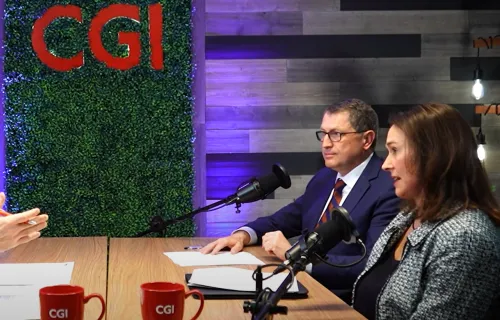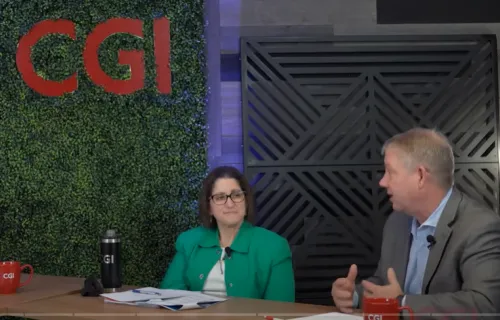Annually, agencies issue over $1.1 trillion in grant money—funds that can make an incredible impact on people and communities. To administer those grant programs effectively, agencies are working to mature the grants management lifecycle through business process improvements and technology modernization.
One key aspect of grants management is records management. Across this lifecycle, agencies collect records to support decision-making (and subsequent audit) processes. At their core, grants processes are centered on data:
- Application data to assess the best candidates to receive grant funding
- Financial data to validate that the right grantees receive the right payments at the right time
- Performance data to demonstrate the value that the grant delivers to the community
Relying heavily upon unstructured data, the grants management lifecycle requires agencies to have mature processes – and enabling technologies – for filing and records maintenance.
Documents related to grants are subject to Memorandum 19-21, Transition to Electronic Records, issued by the Office of Management and Budget (OMB) and National Archives and Records Administration (NARA) and M-23-07, Update to Transition to Electronic Records, which established June 2024 as the new deadline for federal agencies to fully transition to electronic records. However, users still often have to retrieve fragments of information from various sources, systems, inboxes, paper files and local drives in order to piece together the entire puzzle that is required for them to perform a single end-to-end grants-related task.
Agencies must share grants-related data across business processes and enabling systems. Sometimes interfaces fail, or an agency does not create one. This introduces a risk of human error, as agency employees must manually transfer or input grants information. Because of this, many agencies find it necessary to maintain paper files or backup drives for fear of system crashes, or simply because the system lacks the ability to house these files and effectively retrieve the required data. This, in turn, results in more time spent maintaining records and addressing data quality issues.
Agencies seeking to improve data and records management throughout their grants management lifecycle should conduct a thorough review of their current processes and the systems. Questions to ask include:
- How complex is your external-facing data entry point for users outside of the agency? Is it sufficiently user-centric to allow potential grantees to participate fully? Does the submission workflow enable quality checks at the point of grant application, thus reducing inaccurate data that may prohibit a prospective grantee from participating in the program?
- How efficient is your workflow model? Does your technology enable the basic minimum requirements of records management to support the end-to-end lifecycle? Do you have the means to track grant-related files and cases effectively? If not, where does tracking fall short? Identifying those areas can help pinpoint needed enhancements.
- How complex is the data input model? Where does the workflow require manual interventions, and can you eliminate them?
- How easy (or difficult) is it to attach (and subsequently search and access) various data forms and inputs? If your unstructured data is not readily searchable, how is that affecting your grants management process?
- Does your system workflow match the workflow of your users? Does it force users to manually address challenges such as routing of actions or assignment of reviews? How might you incorporate flexibility into the system to support the ways your agency personnel work…or should be working?
- What is the current state of reporting capabilities? Does your process provide timely reporting for both internal and external stakeholders? Where are the gaps, and how difficult is it to fill those gaps?
- How intelligent is your system? Does it include automations that make it easier for both internal and external users to complete their tasks? Do opportunities exist for automations that make data collection or review easier?
The grants lifecycle is complex, relying upon timely and accurate data along the way. To optimize the value of data at every phase of the lifecycle, we encourage agencies to evaluate grants management processes holistically, recognizing that piecemeal approaches often result in investments that fail to move the needle, particularly with respect to systems.
By assessing how the end-to-end ecosystem for your grants management lifecycle supports data collection and records management, you can identify those areas that will have the greatest impact on users and deliver the most significant results.
Those involved in the grants management process recognize the importance of good data in making sure that the funds issued do the most good in support of the mission. By continuing to optimize processes for data collection and records management, agencies can feel confident that they are properly focusing their efforts on funding results-oriented programs.
To learn more about CGI Federal's data capabilities, go to Unlocking the Full Value of Data.






